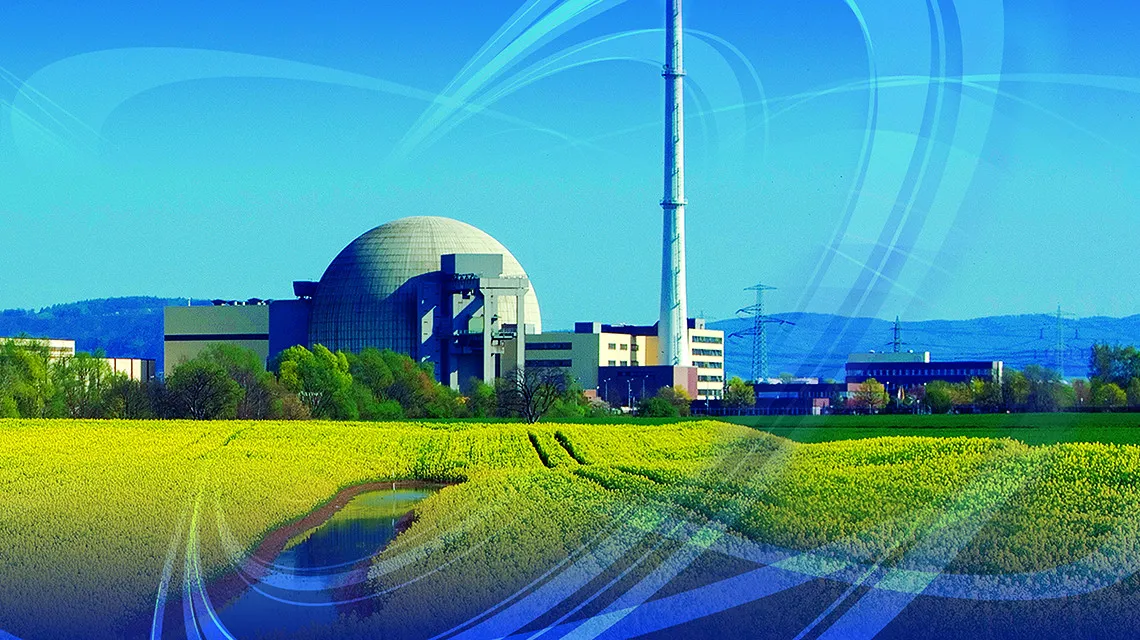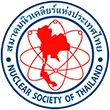| 3.1 |
Global Energy Perspective: การเลือกใช้พลังงานจะพิจารณาประเด็น Population, Economy, Energy expansion |
| 3.2 |
Vision for Nuclear Energy in 21st Century กำหนดตามหัวข้อสำคัญคือ
– Clean environment, environment conservation
– Saving Economics, Competitiveness, Growth
– Public Confidence
– Sustainability |
| 3.3 |
Advancement in Nuclear Power Plants กล่าวถึงวิวัฒนาการและการพัฒนาเทคโนโลยีโรงไฟฟ้านิวเคลียร์ดังนี้
– Gen I in 1950
– Gen II-III in 1995
– Gen IV in 2000, to be deployed before 2030 |
|
=
|
Generation IV International Forum (GIF): chartered in May2001 as to lead the collaborative efforts of the world’s leading nuclear technology countries and to develop nuclear generation system to meet world needs. |
| – Gen IV Systems |
|
=
=
=
=
=
|
Gas-Cooled Fast Reactor (GFR)
Lead-Cooled Fast Reactor (LFR)
Molten Salt Reactor (MSR)
Sodium-Cooled Fast Reactor (SFR)
Supercritical Water Cooled Reactor (SWCR) |
|
| 3.4 |
Global Nuclear Safety Regime (Already exists) กล่าวถึงเรื่องมาตรการ มาตรฐาน ระเบียบ ในเรื่องของความปลอดภัย ในการใช้พลังงานนิวเคลียร์ |
|
| 1) |
National/Regional Nuclear Safety Infrastructure
– Continuous improvements of National Safety Infrastructures |
| 2) |
International Legal Instruments: Convention
– Code of Conduct on the safety and security of radioactive sources
– Openness and transparency
– Regulator’s quality management systems |
3)
4) |
IAEA Safety Standards
IAEA Safety Reviews and Services
– Integrated- reviews- module ( Approved) |
| 5) |
Global Knowledge Network
– ANSN: Thailand, Indonesia, Vietnam, Malaysia, Philippines |
|
| 3.5 |
Near-term Deployment of New Plant ปัจจัยที่มีผลต่อการตัดสินใจ เลือกใช้พลังงานนิวเคลียร์ |
|
| = Requires number of elements together |
|
1) R&D, cost effective design
2) Engineering
3) Operation feedback
4) Project delivery
5) Business model |
| = Drivers and priorities for new plant |
|
1) New business model
2) Operational enhancement
3) Improved economics
4) Safety enhancement
5) Fuel cycle sustainability |
|
|
|

